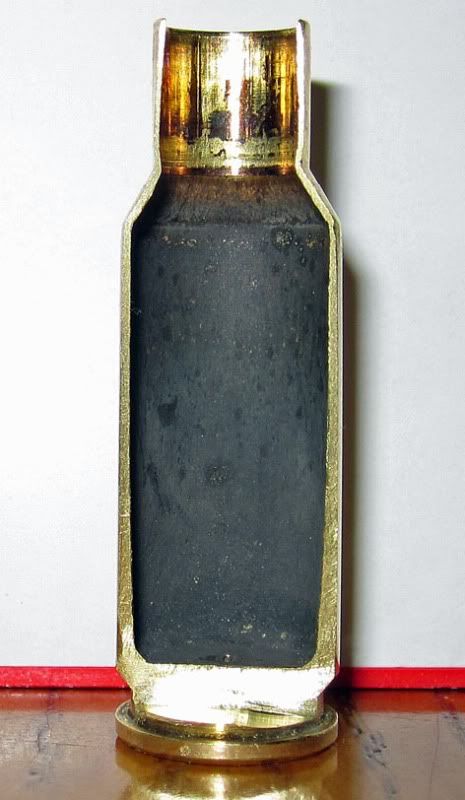Pete Wass
Well-known member
This is what makes America a great country Al
Unlike most folks, I don't place much relevence on or in brass in general. I simply consider it a container to place the things that truly matter into.Respectfully Pete..... I couldn't disagree more.-Al
Probably my experience and results are way more crude than most people. I only know what I have observed over the years. I have never been able to see where those who practically worship their brass have much better results than those who never so much as clean their necks. While I will agree that brass has to fit the chamber one is using it in, I don't see how an item that is so pliable can be considered super criticle. I have seen folks who would cull a case if they missed an x. I'll be willing to bet they culled the lot over time. When I first started shooting one of the better shooters among us use to tell the tale of a shooter who shot very well with cases that he had split the necks on with a hack saw to eliminate anything but priming.

Last edited:


